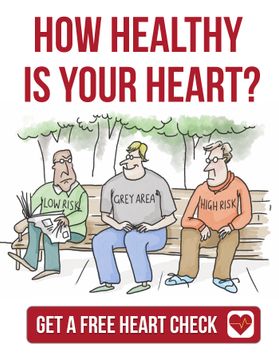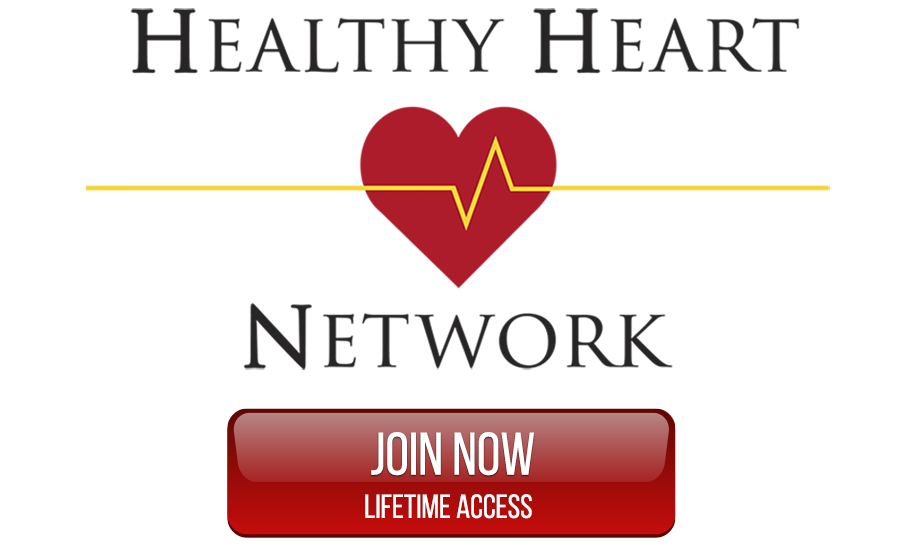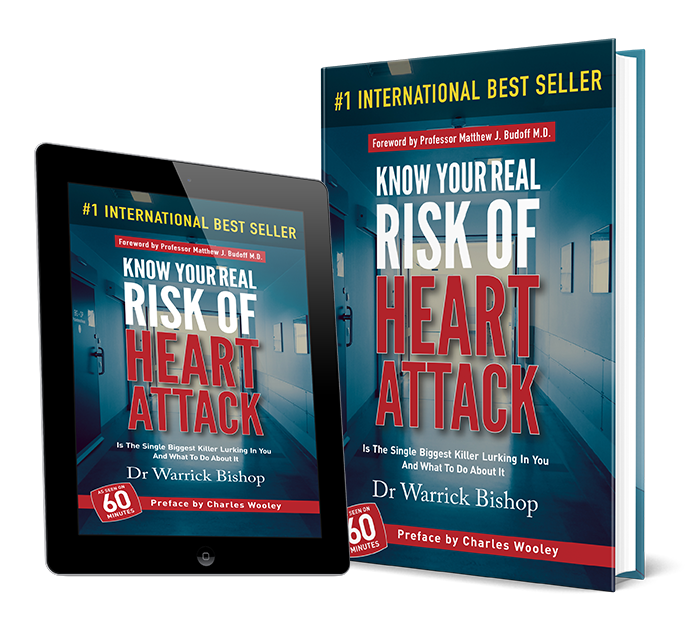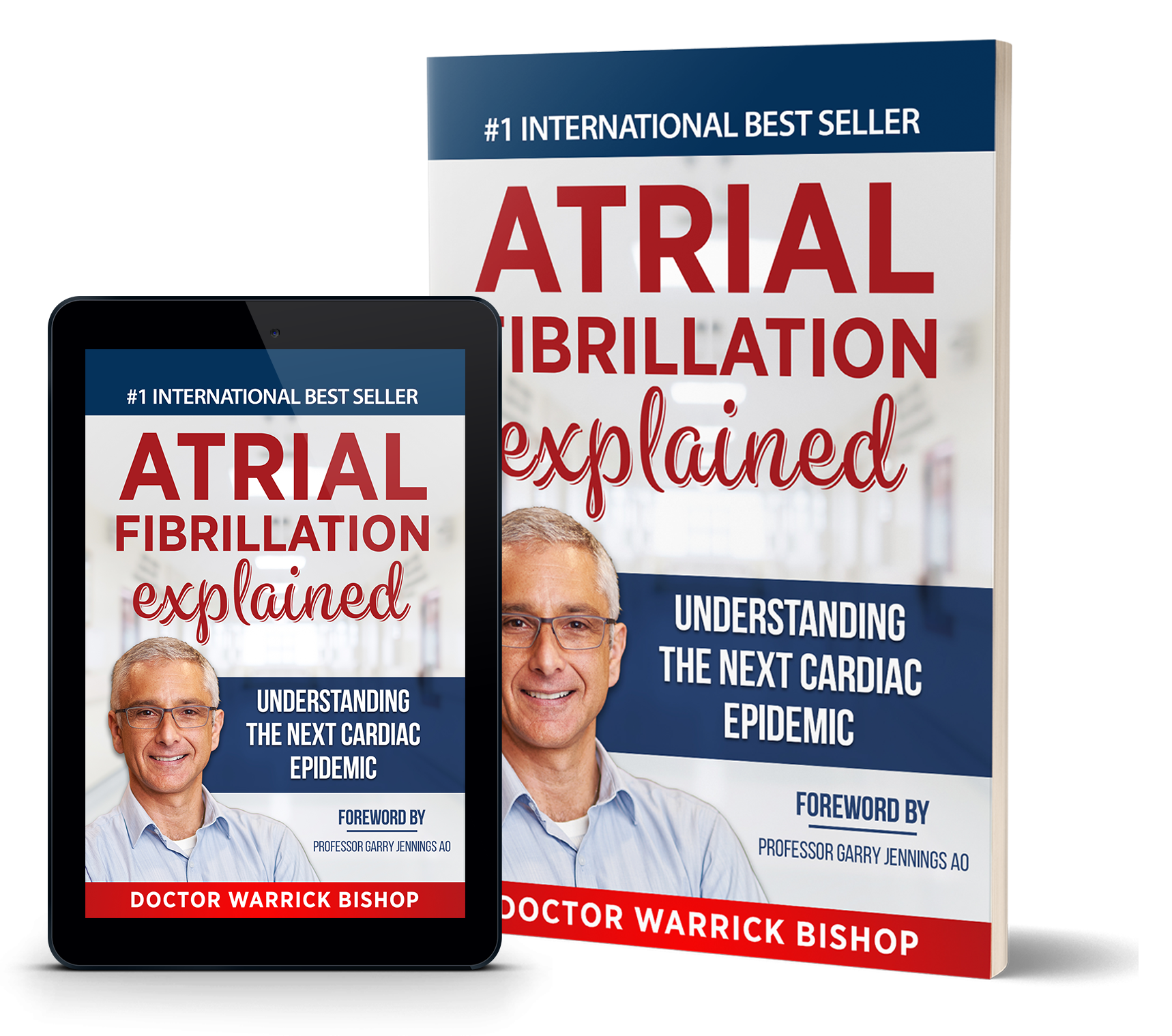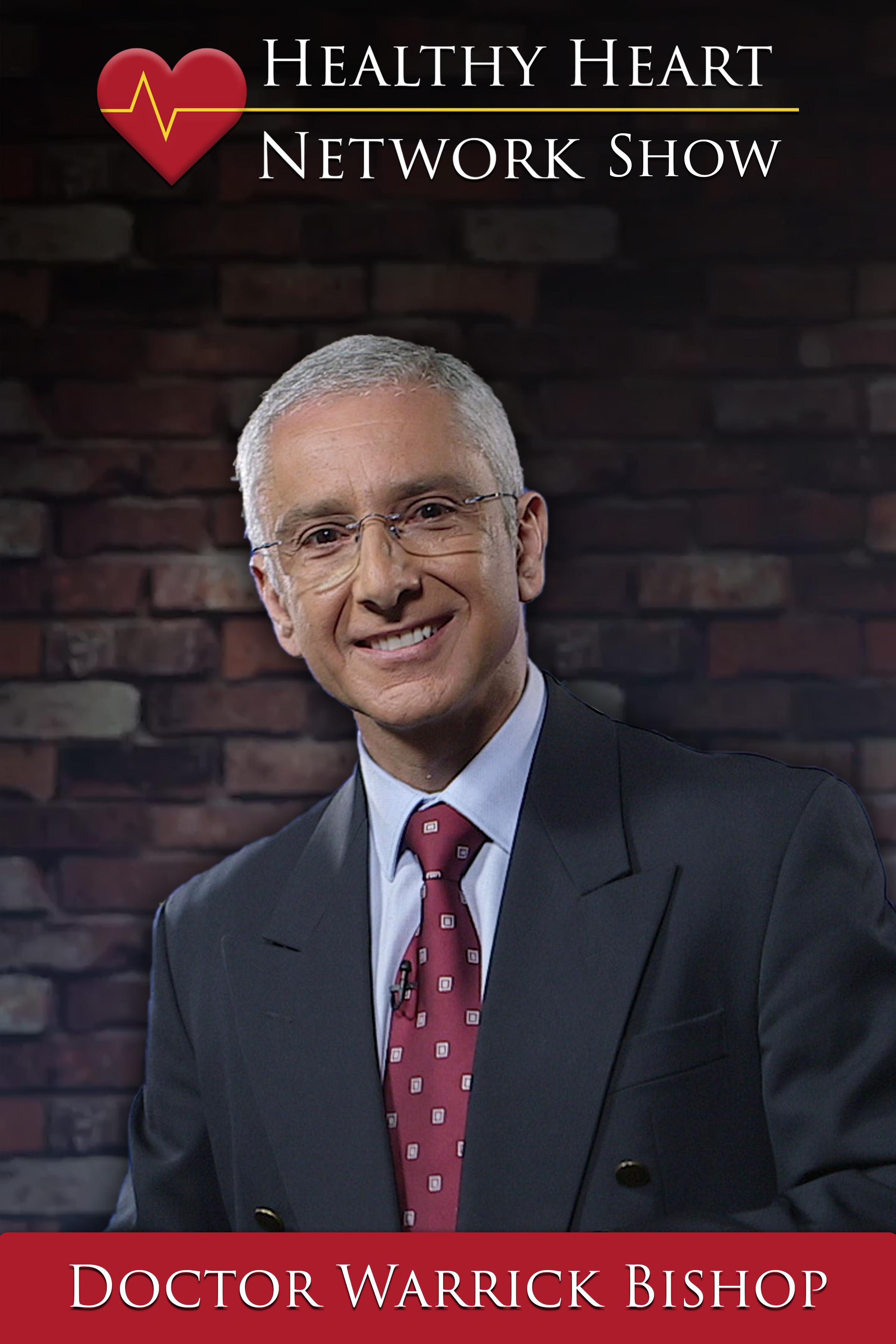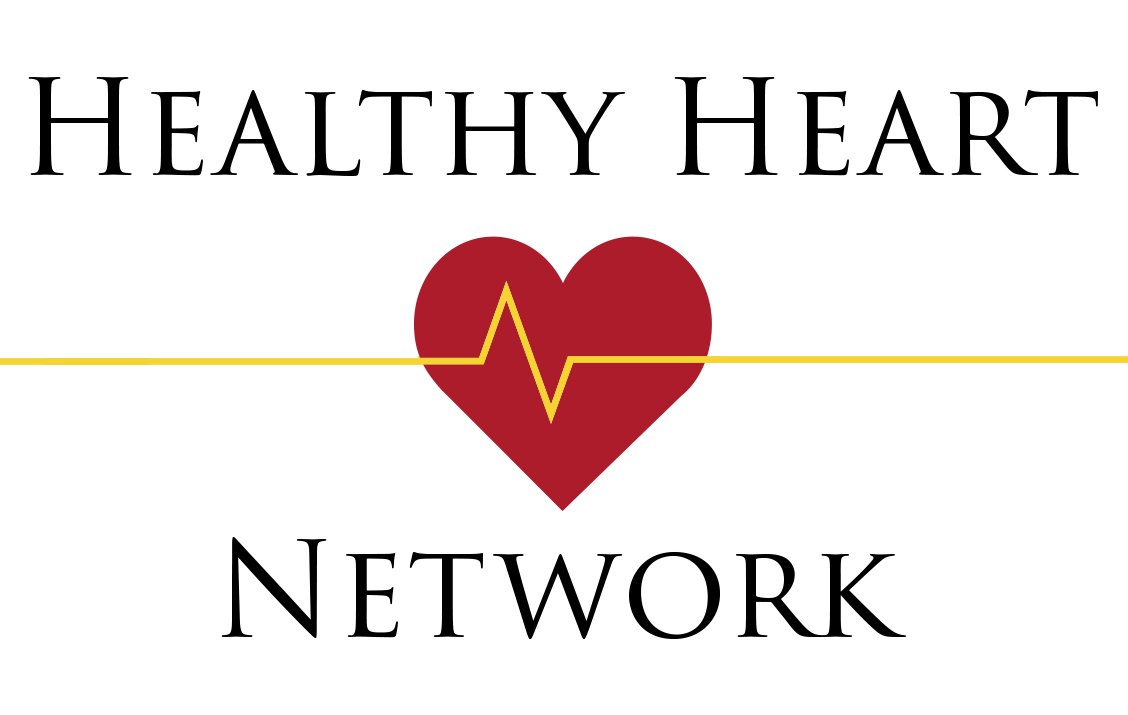JOIN OUR HEALTHY HEART MEMBERSHIP HERE: https://healthyheartnetwork.com/page/starter
Welcome to Dr. Warrick's Podcast Channel. Warrick is a practicing cardiologist and author with a passion for improving care by helping patients understand their heart health through education. Warrick believes educated patients to get the best healthcare. Discover and understand the latest approaches and technology in heart care, and how this might apply to you or someone you love.
Hi, my name is Dr. Warrick Bishop, and I would like to welcome you to my consulting room. Today, I'm going to talk a little bit about cholesterol tests. A lot of us who have gone to our local doctor and had a regular cholesterol blood test. Generally, fasting we'd make an effort not to eat from the night before, and we go along and duly expose our vein to the person who is going to take the blood and give some blood for that testing.
So, what do we test when we're looking at a lipid or a cholesterol test? There's generally a panel of things we look at. There's a number of different components. I'm going to walk through those just very simply, just so you have some idea of what we're looking to assess. It's important that you've been fasting and generally, eight hours is a good time; more than about 12 or 14 hours is too long and sometimes the body can make adjustments to the profile and it can start to become a little bit unrepresentative.
The first thing that we evaluate is a thing called total cholesterol, which measures all the cholesterol within the blood. There is a bit of a range as you might imagine for total cholesterol, but the average is somewhere around 5 or 5.5mmols per liter. Once we've looked at the total cholesterol, the next thing we tend to look at is triglycerides. Now, triglycerides are a form of free fats that we have within the bloodstream. And they're a good indicator of what fat may be deposited into the tissues.
With triglycerides, we normally want to see less than about 2mmols per litre. If they're greater than 2mmols per litre, there's a good chance you've eaten a little bit too recently, or we might see those elevated if is some diabetes or risk of diabetes in the future, or if you carry a little bit too much weight. The next thing we look to is the high-density lipoprotein, or HDL. HDL is the denser lipoprotein particle that can pick up cholesterol from the tissues and bring it back to that liver. We think of this one as a protective or good cholesterol.
So, HDL cholesterol, we measure that. We want to see it if we can over 1mmol per litre. LDL cholesterol or low-density lipoprotein is the one we consider the bad cholesterol. And this is because a lot of our research has been targeted on measuring LDL cholesterol, LDL cholesterol lowering, and then outcomes. And time and time again, our studies have shown that it in high-risk individuals, lowering their LDL cholesterol offers a favorable outcome compared to doing nothing in that space.
Lastly, we can often look at ratio. Ratio is a composite of how much good cholesterol is there compared to total cholesterol. And we normally want to see a low ratio. A ratio of less than 4, which means that the HDL cholesterol could be 1 for example. The total cholesterol. That's a ratio of four. If the HDL cholesterol went up to 2, the total cholesterol was 6. That's a ratio of 3. Although, a higher total cholesterol, a more favorable ratio.
So that's what the simple numbers mean that we're looking at, and they give us some idea, in terms of a starting point for risk calculation. And it's that information that we tend to put into risk calculators to estimate your risk of an event. I think risk calculators are a really interesting topic of their own and represent very much an idea of the risk of the population you may be in. But not necessarily always the most precise information just for you. And I've written about that in my book, which you may find an interesting read if you feel more inclined to get more information in that space.
We talk about targets for cholesterol as well. So if we're going to be measuring cholesterol, we might as well understand the concept of targets. When we're talking about stopping people having an event; having their first coronary event, or primary prevention, the current guidelines in Australia suggest that we need to aim for cholesterol LDL level of less than 2mmols per litre.
If we have a patient who's had an event, so we're trying to stop a second event, we call this secondary prevention, and we want to make sure that that person doesn't have another event. We want to be very proactive in our management strategies for those people. We aim it at LDL cholesterol of less than 1.8mmols per Litre.
What I would say, though, is to watch this space, because there's every chance that those guideline recommendations will come down as some of our newer trials are showing that even for secondary prevention patients who are already fairly low, or low in terms of their LDL levels we're demonstrating even better outcomes if we lower that LDL cholesterol even more. And there are now studies available that are showing us that lowering the LDL cholesterol in these high risk people, below even 1mmol per litre, which is a very low level offers positive outcomes without a negative without a negative signal. Meaning that there appears to be no adverse side effect from that.
Lastly, there's a little bit of talk about whether we should do cholesterol measurements fasting or non-fasting, and the non-fasting way to do cholesterol measurements is to look at a mixed bag number called the Non-HDL cholesterol. Or Non-High Density Lipoprotein cholesterol, and this is a way to understand the other fragments or remnants within the lipid profile. This is a good way of checking the lipid profile and doesn't require eight hours of fasting.
My own preference, however, is that I like to do a fasting test because I tend to organise a simultaneous fasting blood glucose, and I also, in patients who I think it could be beneficial, request a fasting insulin level. I take the glucose and the insulin and put them into a calculation called a HOMA calculation, and that calculation gives us an idea of insulin resistance.
The other thing is that most of the studies done in terms of understanding LDL cholesterol targets or treatment have all been done on fasting bloods. So although non-fasting measurements are becoming more common, and there is good data to support their usage, my personal preference remains with a fasting blood so that we get both a clear lipid profile, which reflects what the studies have shown us over the years which have been fasting levels, plus it gives us information about insulin, glucose and insulin resistance.
I hope you have a better idea of your cholesterol profile, now you understand the difference between total cholesterol, triglycerides which we sometimes call The Ugly, HDL cholesterol, which we call The Good, and the LDL cholesterol, which we call The Bad. And of course. Never forget your sugars and your insulin. And also things like blood pressure and lifestyle, because they're really important even though we look at the numbers if your lipid profile.
Anyway, I hope you've found this talk on cholesterol tests informative. I hope it has answered some questions for you. If you have any questions, don't hesitate to let us know. Thank you for joining us. And I wish you the best of health. Goodbye.
You have been listening to another podcast from Dr. Warrick. Visit his website at drwarrickbishop.com for the latest news on heart disease. If you love this podcast, feel free to leave us a review.
Check out my book at http://drwarrickbishop.com/books/




